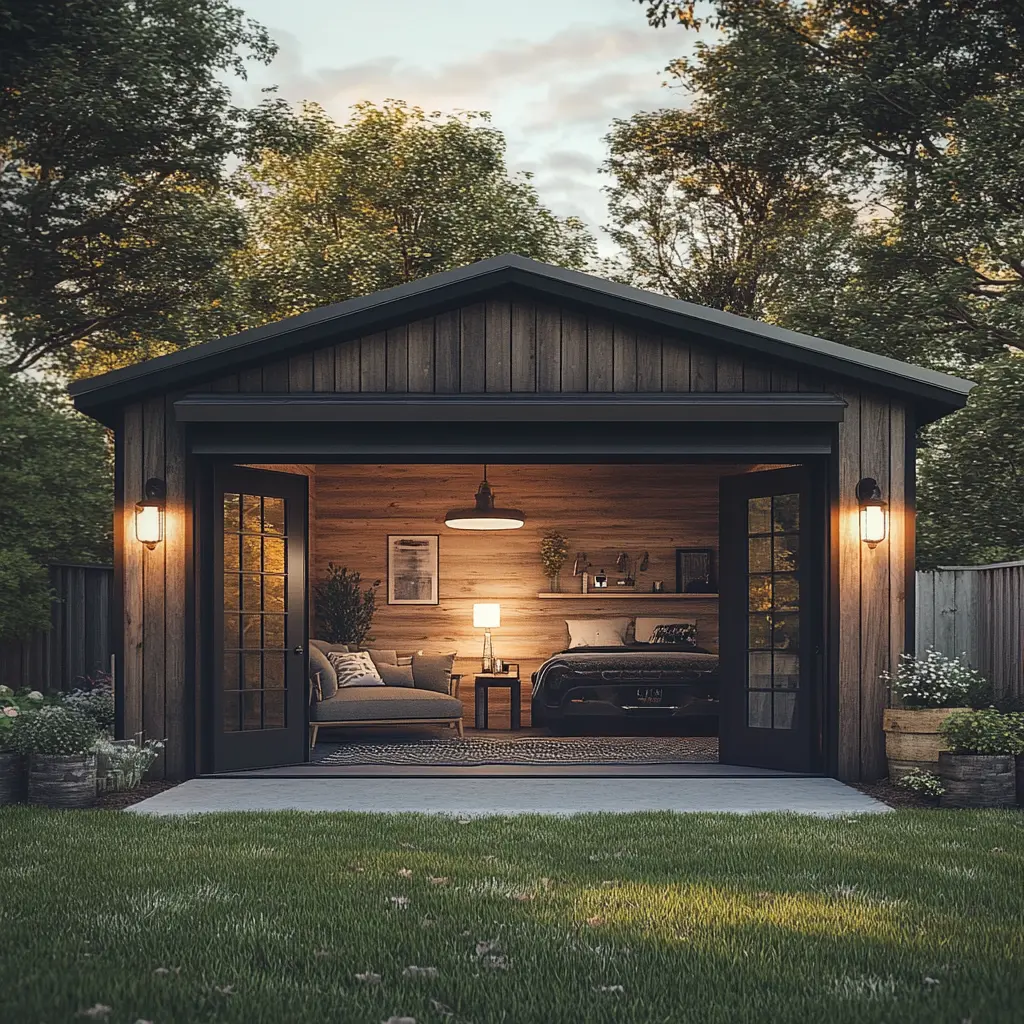
Building ADU in California: How It Enhances Property Value and Living Space
Accessory Dwelling Units (ADUs), commonly known as granny flats or in-law suites, have become a transformative element in California’s housing landscape. These secondary housing units, situated on the same property as a primary residence, offer a versatile solution to the state’s housing challenges. As an architectural expert and real estate market analyst, I aim to provide a comprehensive overview of ADUs, their benefits, and their impact across various Californian cities.
What You Need to Know Before Building an ADU in California
An Accessory Dwelling Unit (ADU) is a self-contained residential unit that exists on the same lot as a single-family home. ADUs can take various forms, including detached units, converted garages, or attached extensions to the main residence. They are equipped with essential facilities such as a kitchen, bathroom, and sleeping area, ensuring complete independence from the primary dwelling.
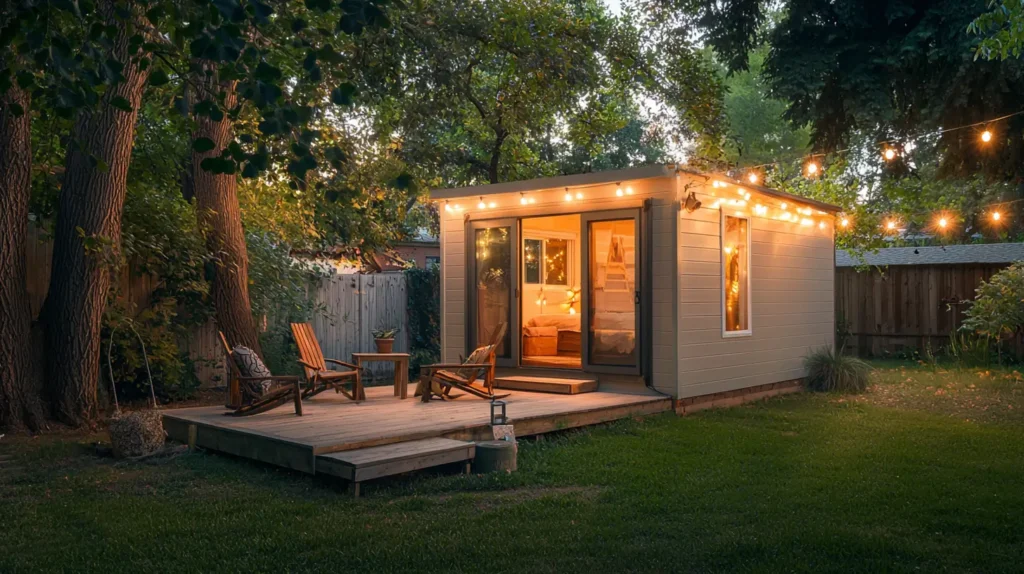
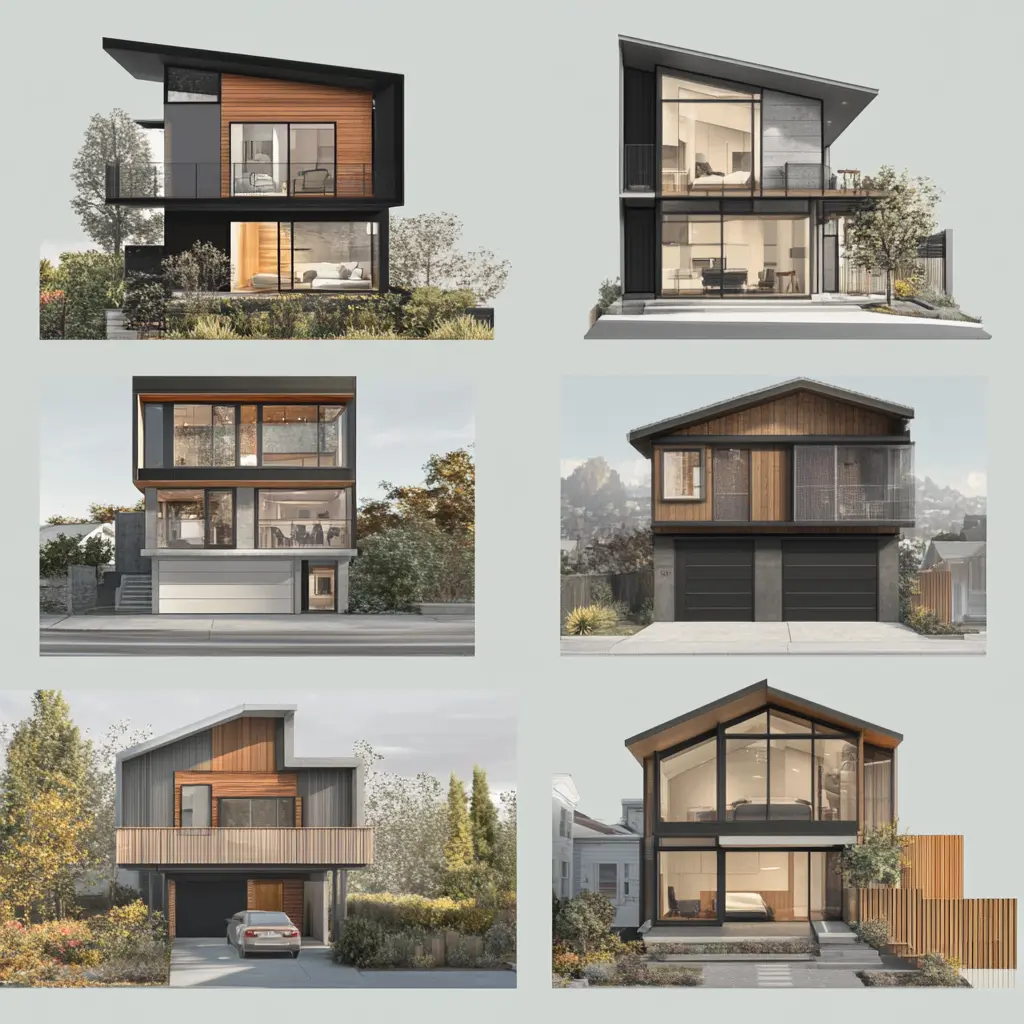
Types of ADUs You Can Build in California
In California, Accessory Dwelling Units (ADUs) are becoming an increasingly popular way to solve the housing shortage. Homeowners can use ADUs as rental units, guest houses, or spaces for family members. Thanks to recent state laws, building an ADU is easier than ever. If you’re thinking about adding more space to your property, you have multiple options to choose from.
Here are the main types of ADUs you can build in California:
- Detached ADU: A detached ADU is completely separate from the main house. It’s ideal if you want the most privacy and independence. This type of ADU is typically built in the backyard, offering plenty of room for both the homeowner and the tenant.
- Attached ADU: An attached ADU is connected to the primary house, usually on the side or back. It shares at least one wall with the main house, but it remains a separate unit. Attached ADUs work best if you have limited space and want to avoid building a completely separate structure.
- Garage Conversion ADU: A garage conversion ADU transforms an existing garage into a livable space. This is one of the most cost-effective ways to build an ADU. Many homeowners choose this option because it repurposes existing structures, saving both time and money.
- JADU (Junior Accessory Dwelling Unit): A JADU is a smaller ADU, typically no larger than 500 square feet. This unit is built inside the main house, often using a spare room, basement, or attic. JADUs are an excellent choice for homeowners who want to add living space without expanding the property too much.
- Above-Garage ADU: An above-garage ADU utilizes the space above a garage to create an independent living area. This type of ADU allows homeowners to maintain their yard space while adding more room. It is ideal for those who need additional living space but do not want to reduce the amount of outdoor area on their property.
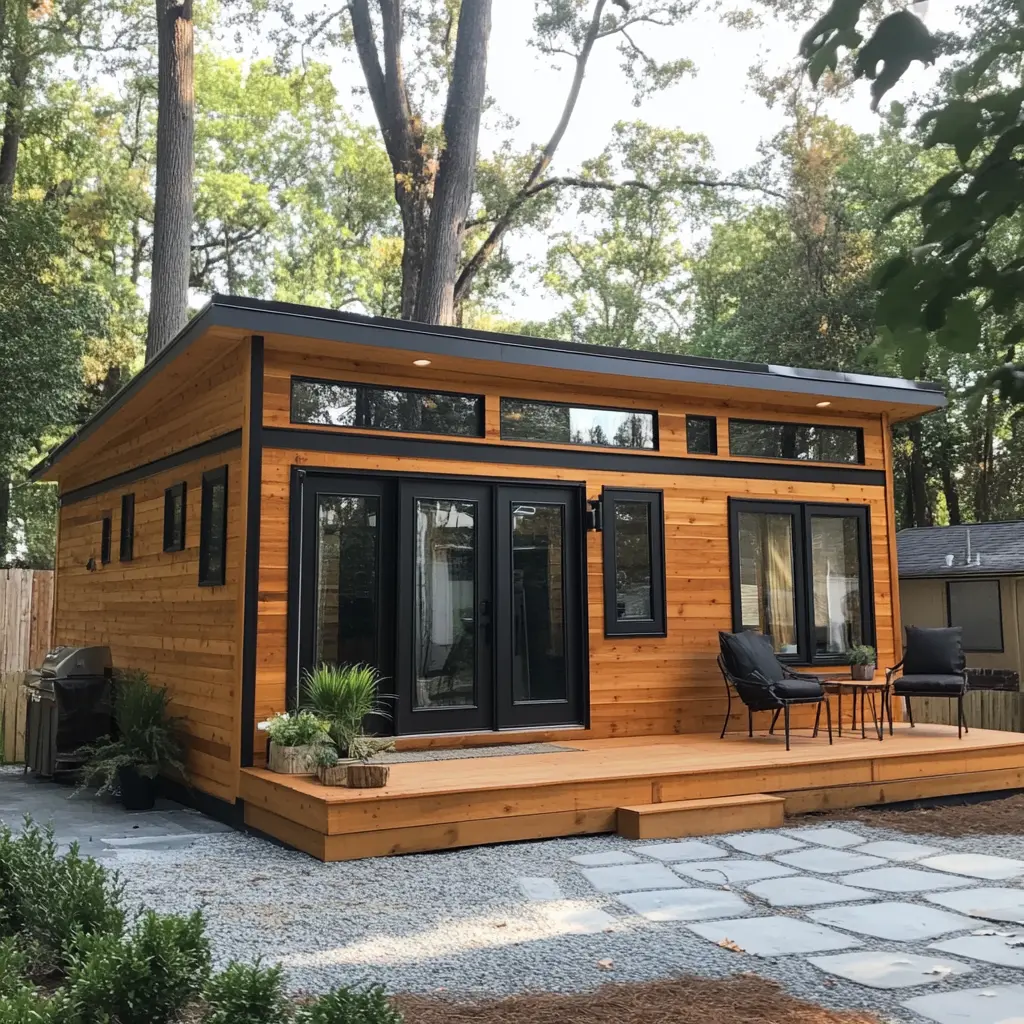
Need More Space? Build Your Dream ADU Now!
Ready to create extra space with an attached ADU? Get in touch to learn about the benefits and how we can help you design it!
Benefits of Building an ADU in California
Constructing an ADU offers numerous advantages for homeowners and investors alike:
- Increased Property Value: Adding an ADU can significantly enhance your property’s market value by providing additional living space and potential rental income.
- Rental Income: ADUs serve as a source of steady rental income, assisting homeowners in offsetting mortgage payments or other expenses.

- Housing for Family Members: They provide convenient housing solutions for extended family members, such as aging parents or returning college graduates, promoting multigenerational living.
- Efficient Use of Space: ADUs make optimal use of existing land, contributing to increased housing density without the need for expansive new developments.
- Apoyo para el envejecimiento en el lugar : las ADU ofrecen una opción viable para que las personas mayores vivan de forma independiente mientras permanecen cerca de los sistemas de apoyo familiar.
Impact of ADUs Across California’s Major Cities
The adoption of ADUs has varied across California, with certain cities experiencing notable increases in construction and permitting. Below is a table highlighting the growth of ADUs in select Californian cities:
| City | ADUs Permitted (2018) | ADUs Permitted (2023) | Percentage Increase |
|---|---|---|---|
| Los Angeles | 9,000 | 45,000 | 400% |
| San Francisco | 1,000 | 7,000 | 600% |
| San Diego | 2,000 | 14,000 | 600% |
| Sacramento | 1,500 | 6,500 | 333% |
| Oakland | 500 | 3,500 | 600% |

Considerations for Building ADUs in California
When planning to build an ADU, it’s essential to consider local regulations and market conditions. Several Californian cities offer favorable policies for ADU development, including:
- Los Angeles: With streamlined permitting processes, Los Angeles has seen a significant rise in ADU constructions.
- San Francisco: The city encourages ADU development to address housing shortages, offering various incentives to homeowners.
- San Diego: San Diego has implemented relaxed zoning laws to facilitate the construction of ADUs, promoting increased housing density.
- Sacramento: The capital city offers distinct advantages for ADU development, including cost savings in construction and maintenance.
- Oakland: Oakland supports ADU construction as a means to provide affordable housing options within the city.
Frequently Asked Questions About ADUs in California
What are the costs associated with building an ADU in California?
The cost of constructing an ADU in California varies based on factors such as size, design, and location. On average, expenses can range from $100,000 to $300,000. Additionally, permit costs can vary significantly, with some areas charging between $450 and $15,000.
Are there financial assistance programs available for building ADUs?
Yes, several states, including California, offer financial assistance programs to encourage ADU construction. For instance, California provides grants of up to $40,000 per grantee, though funding availability may vary.
How do ADUs impact property taxes in California?
Building an ADU can lead to an increase in property taxes, as the assessed value of your property may rise due to the addition. It’s advisable to consult with a local tax assessor to understand the specific implications.
What are the zoning requirements for ADUs in California?
California has implemented state laws to standardize ADU regulations; however, specific zoning requirements can vary by city. Generally, ADUs are permitted on lots zoned for single-family or multifamily use, subject to certain size and setback restrictions.
Can I rent out my ADU once it’s built?
Yes, homeowners are allowed to rent out their ADUs. This can provide a source of rental income; however, it’s important to comply with local rental regulations and ordinances.
Conclusion
Building an Accessory Dwelling Unit (ADU) in California presents a valuable opportunity to enhance property value, generate rental income, and contribute to alleviating the state’s housing shortage. By understanding the benefits and navigating local regulations, homeowners can make informed decisions that align with their financial and familial goals.
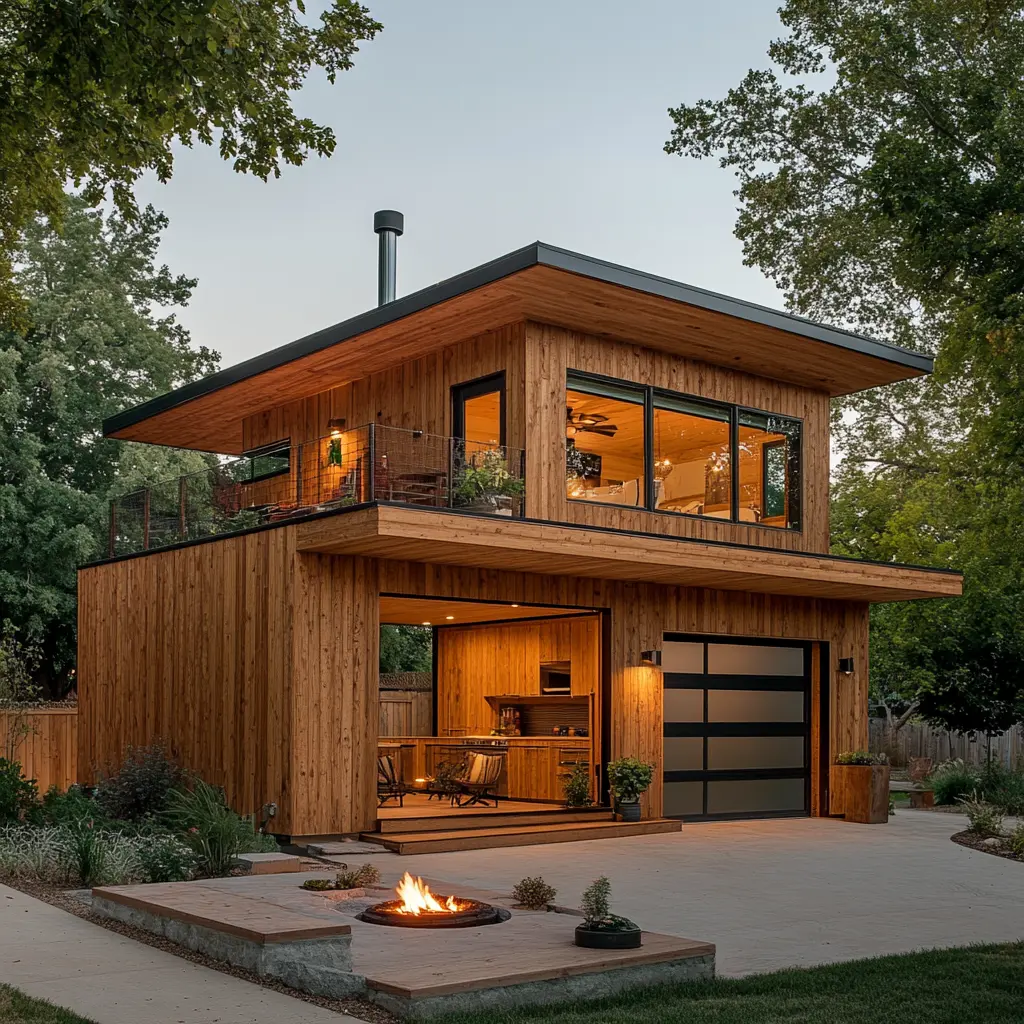
Expand Your Home with a Beautiful Above-Garage ADU!
Explore the benefits of building an Above-Garage ADU to maximize your property’s potential. Reach out for expert guidance!





